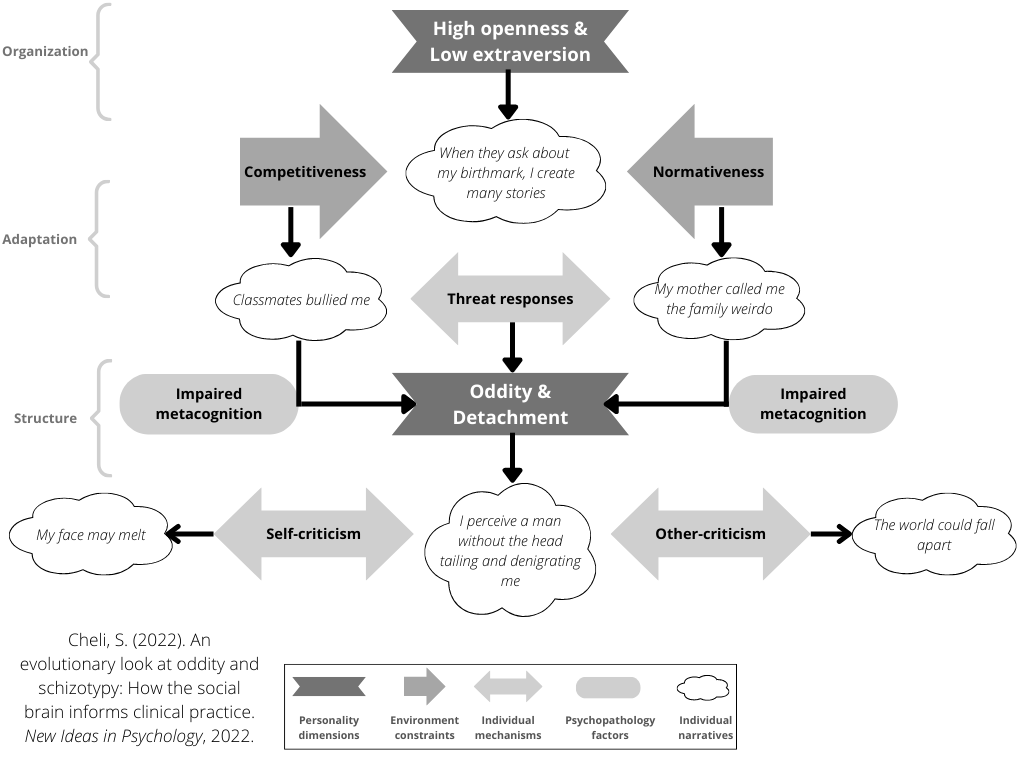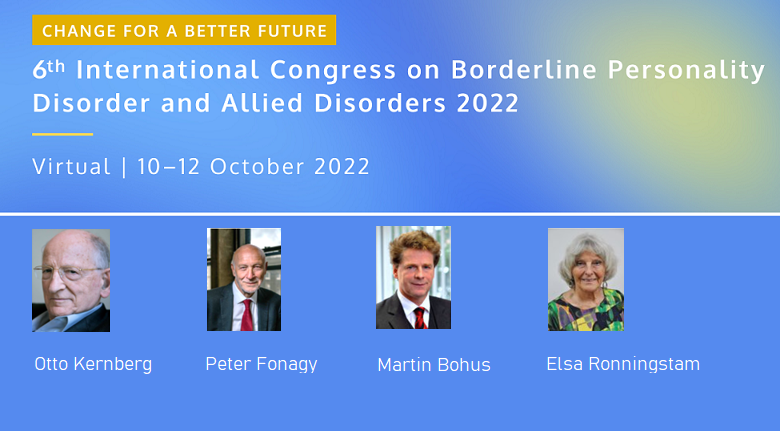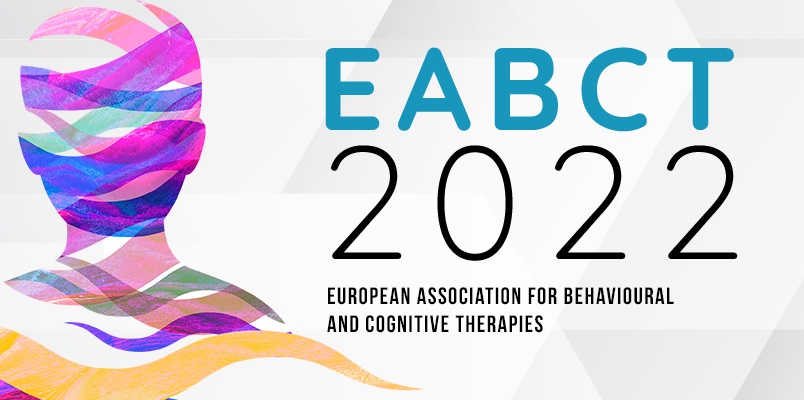The last paper of series on the role of compassion during the COVID-19 pandemic has been realeased. The new rsearch suggests that, in a time of elevated distress and shared human suffering such as the pandemic, people from multiple countries and nationalities seem to become more compassionate to self and others and less afraid of, and resistant to, compassion.
During pandemic I joined an international team led by Marcela Matos aimed to explore the role of compassion in adjusting to pandemic. 21 countries were involved and 4 waves of data were collected. First, we showed how all fears of compassion moderated (heightened) the impact of perceived threat of COVID-19 on psychological distress. Second, we confirmed how social connection is key to how people adapt and cope with the worldwide COVID-19 crisis and may facilitate post-traumatic growth in the context of the threat experienced during the pandemic. Finally, our findings highlight the universal protective role of compassion, in particular self-compassion and compas- sion from others, in promoting resilience by buffering against the harmful effects of the COVID-19 pandemic on mental health and social safeness.
The Italian team was led by Nicola Petrocchi and I, and supported by Tages Onlus.
Matos, M., McEwan, K., Kanovský, M., Halamová, J., Steindl, S. R., Ferreira, N., Linharelhos, M., Rijo D, Asano K, Vilas SP, Márquez MG, Gregório S, Brito-Pons G, Lucena-Santos P, da Silva Oliveira M, de Souza EL, Llobenes L, Gumiy N, Costa MI, Habib N, Hakem R, Khrad H, Alzahrani A, Cheli S, Petrocchi N, Tholouli E, Issari P, Simos G, Lunding-Gregersen V, Elklit A, Kolts R, Kelly AC, Bortolon C, Delamillieure P, Paucsik M, Wahl JE, Zieba M, Zatorski M, Komendziński T, Zhang S, Basran J, Kagialis A, Kirby J, Gilbert P. (2023). Improvements in Compassion and Fears of Compassion throughout the COVID-19 Pandemic: A Multinational Study. International Journal of Environmental Research and Public Health, 20(3), 1845. MDPI AG. Retrieved from http://dx.doi.org/10.3390/ijerph20031845









